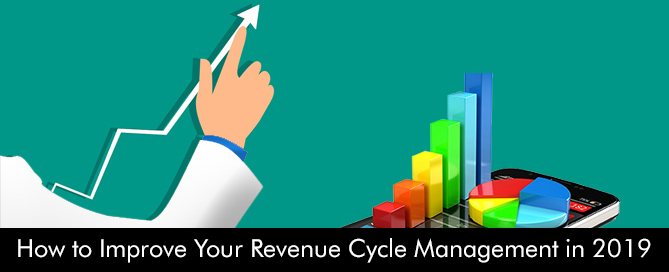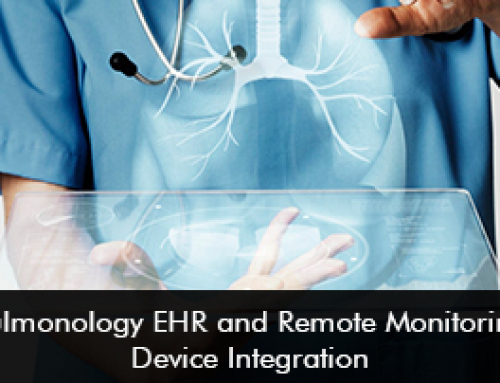Amongst the major changes in Healthcare IT trends over the past few years, Revenue Cycle Management (RCM) too has transformed completely. Digitally Cognizant wrote about some recent changes and we thought they needed to be discussed in detail.
Revenue Cycle Management has become one of the major concerns for healthcare professionals across the US, in fact, according to a recent study by MarketWatch, Healthcare Revenue Cycle Management Market will be crossing the $100 Billion mark by 2024. Many organizations are making developments in their customer service approach with regard to revenue cycle management. It has always been a fine balancing act between embracing new technologies, traditional RCM strategies, and building great communication with the patients.
Before getting into the improvement of Revenue Cycle Management, it is essential to understand what it really is and how it works.
What is Revenue Cycle Management?
The monitoring and control of the financial process of tracking patient care episodes, using a Medical Billing Software, from the point of registration to appointment scheduling and finally to the payment of dues is called the Revenue Cycle Management (RCM). RCM covers everything related to the financial side of medical practice including patient bills, revenue collection, and insurance reimbursements.
Why is Revenue Cycle Management important?
Revenue Cycle Management is the backbone of all the financial processes and is probably the only means of managing and improving the profitability of medical practice. Revenue Cycle Management not only improves collection from patients but also helps cut down excessive clinical costs, allocate funds for important tasks, and process every single aspect of the financial cycle in such a way that it can be controlled effectively.
How can Revenue Cycle Management be improved?
Here are a few steps you can take to improve the Revenue Cycle Management of your clinic for better.
-
Use of Technology in Day to Day Tasks
While it may seem daunting at first, you need to incorporate the latest technology and Artificial Intelligence (AI) into your day to day tasks to automate them and bring everything on record. Using an Electronic Medical Records (EMR) Software best suited to your workflows will handle most of the tasks for you, freeing up the workload from the staff, and make sure all records are error-free, greatly improving the financial data recording and tracking.
-
Transparency in Financial Dealings
All the billing procedures and financial dealings directly involving the medical practice must be transparent. Any shady practice must be prohibited and strict action must be taken for all under-the-table dealings. Corruption can be a really bad thing to deal with but once taken care of, you will find out where all the lost revenues were going.
-
Workflow Audit
Organizing a regular audit of your typical RCM workflow, right from the patient scheduling to final claim submission can be a great way to streamline your procedures. It will help you pinpoint the issues and inefficiencies that may be hindering your ability to process claims in a practical way. Make sure you involve the feedback of your frontline staff in this. This may help you get to some critical flaws you had previously ignored or taken for granted.
-
Looking Out for Regulatory Changes
It is always helpful to make it a regular practice to stay mindful of new statutes, guidelines, and codes that might come your way, and be prepared with effective counters to avoid revenue cycle interruptions rising due to these modifications. Procedures governing healthcare keep fluctuating at a fast pace. For example, over the past 5 years, there has been a massive change overall. First, it was the Affordable Care Act (ACA), then ICD-10 implementation and now a possible repeal of ACA.







